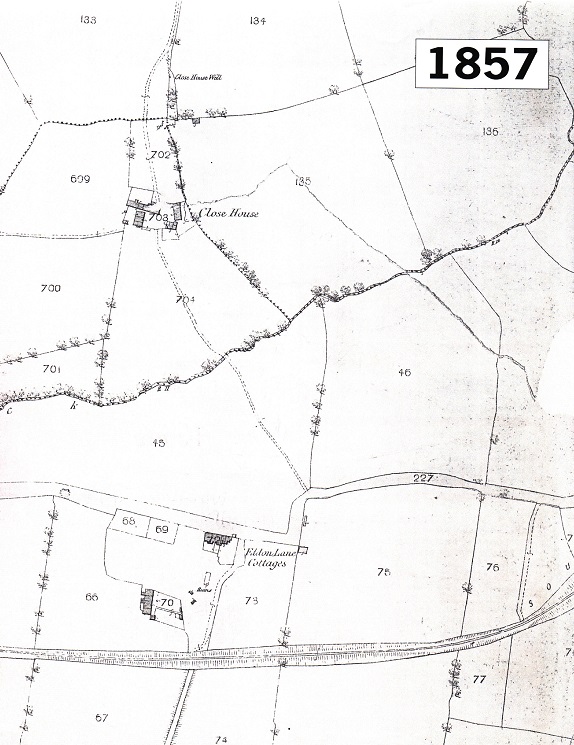The rapid growth in population in Britain in the 18th-19th
centuries co-incided with the period of the Industrial
Revolution – but did it cause it?
For historians who believe that *demand* lay behind the growth of output, it
certainly makes sense that more people = greater demand = industrial growth.
School textbooks usually follow this traditional view, and suggest ways in
which a growing population would encourage economic growth.
But what if it was the other way round? What if the Industrial
Revolution caused the rise in population? The 18th century English
economist Thomas Malthus suggested (1798) that, if all that happens is a
growth of population, then all that will happen is that it is stopped by
famine, plague or war. Without the Industrial (and Agricultural)
Revolutions, it is argued, the growth in population would never have
happened.
This argument makes sense to historians such as the Dutch historian Joel
Mokyr, who calculated that the rise in population accounted for no more than a
tenth of the growth of industrial output (1985); for Mokyr, it was technology
which caused the Industrial Revolution, which in turn created the wealth
which kept the growing population alive.
What do you think? Did population growth boost industry, or did
industrial development allow the population to grow? Maybe the truth –
as the economic historian Phyllis Deane suggested in 1965 – is that they
were interlinked ... that one nudged the other, which then prompted the one.
After you have studied this webpage, answer the question sheet by clicking
on the 'Time to Work' icon at the top of the page.



